Château Loupiac-Gaudiet dates to the 15th century and has been owned by the Ducau family since the 1920’s. The wine estate is located in the village of Loupiac, above the Garonne River in Bordeaux, and directly across from the famous appellations of Sauternes and Barsac.
Château Loupiac-Gaudiet benefits from southern exposure and has been in the family for five generations. The wine comes from manual harvest with vines that are over forty years old. Covering an area of 30 hectares, the wine estate produces both sweet white wine and red Bordeaux.
Marie-Laurence Sanfourche joined her husband Marc Ducau in 1991 by taking over the commercial and administrative roles of the company. In 2014, their son Nicolas joined the family business.
Liz Palmer
Who is Marie-Laurence Sanfourche and tell us a little about your history.
Marie-Laurence Sanfourche
This is an old family business – at the end of the 18th century, the Chateau was built. It has been the property of the Sanfourche and Ducau families since 1920, when the Ducau’s combined Chateau de Loupiac with their own vineyard, Guadiet, to create Chateau Loupiac Gaudiet.
When I met my husband, I married the man, not the chateau. In 1991 I started to work with my husband and my uncle. My uncle was the soul of the chateau… he passed away at 93.
I now have the commercial role, which is dealing with the export markets as well as the general administration of the business. Our largest markets are China and USA, I also work with wine merchants in Bordeaux. My son is the fifth generation and he also works in wine sales and exports. My husband (on the other hand) is the winemaker.
Liz Palmer
Who were your mentors in the industry?
Marie-Laurence Sanfourche
My uncle and my father (both) taught me. I was very often in the vineyard to learn, even when I was a student. They both loved their job and they communicated that love and the hard part of their work….little by little..they taught me.
Liz Palmer
Do you have a message for other women in wine in your particular role?
Marie-Laurence Sanfourche
When I first started and received clients they (the clients) would say oh it’s a woman ….now it’s different. It’s changed a lot since then and it’s much easier.
I find that women communicate differently, and they are more open.
Liz Palmer
The future is certainly bright for women in the industry, what are your comments?
Marie-Laurence Sanfourche
Women will be more and more important…. Wine is a question of sensitivity, philosophy, and tasting …… wine speaks to us women.
The personality of the wine and the owner are the same (I believe).
Liz Palmer
In your personal wine collection, what would we find?
Marie-Laurence Sanfourche
(I collect) Spanish wines, and wines from California and Australia.
Liz Palmer
What is your favorite food and wine pairing?
Marie-Laurence Sanfourche
For me, I like stronger older Comté or Roquefort cheese paired with and sweet wine.
#Liquoreux #loupiacgaudiet #vins #loupiac #Loupiac #liquoreuxdebordeaux #loupiacwine #sweetwine #loupiacvin #vinliquoreux #vindebordeaux #VinBlanc #Oenotourisme #Vignoble #Vin #winetourism #tourism #winepairing #womeninwine #womeninwinebusiness #bordeaux #bordeauxlovers

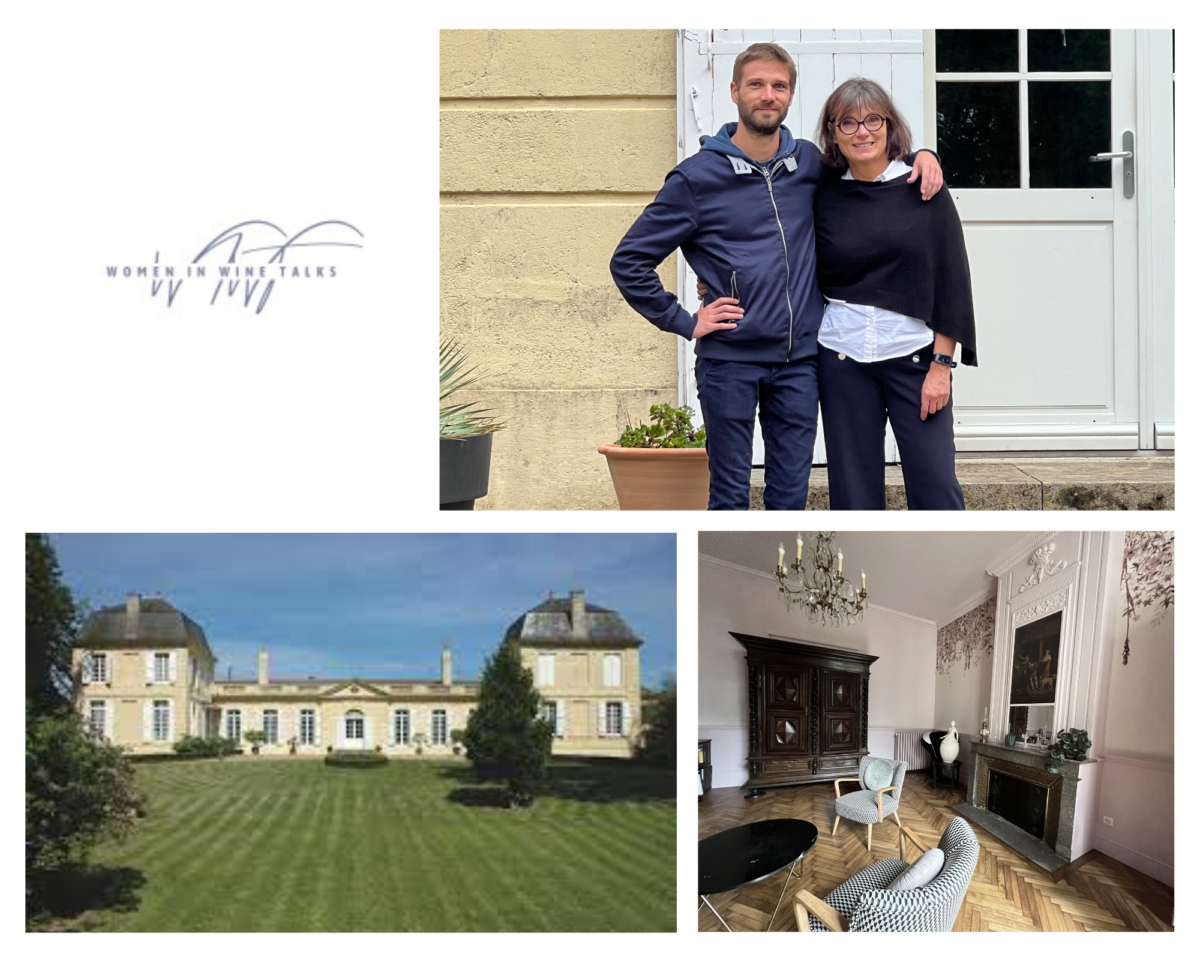
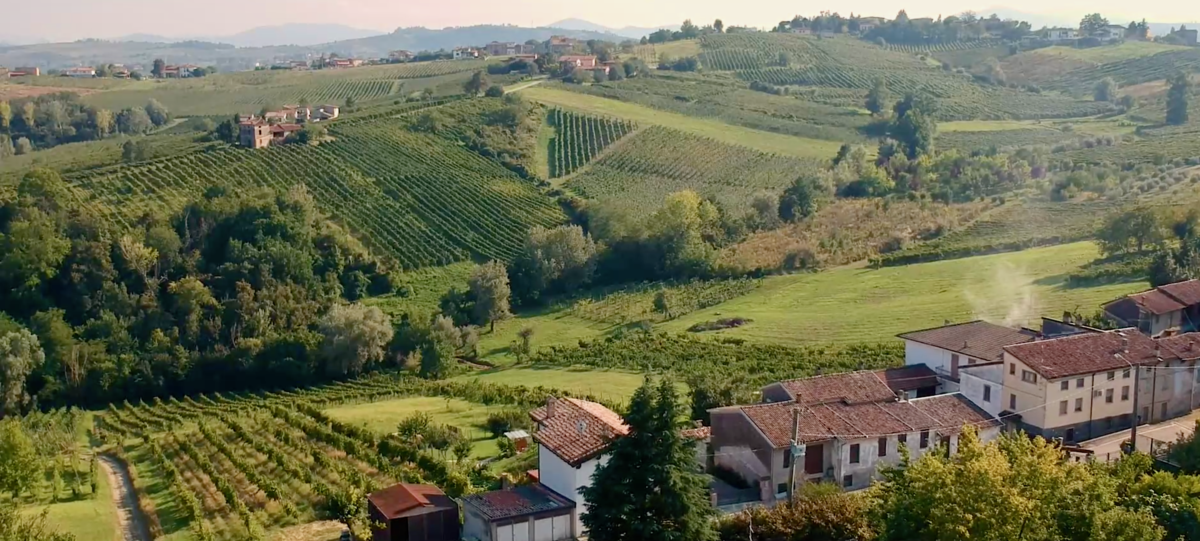
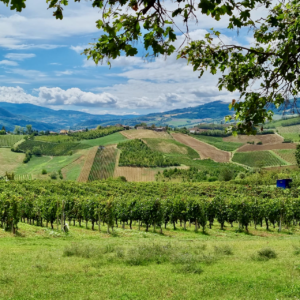
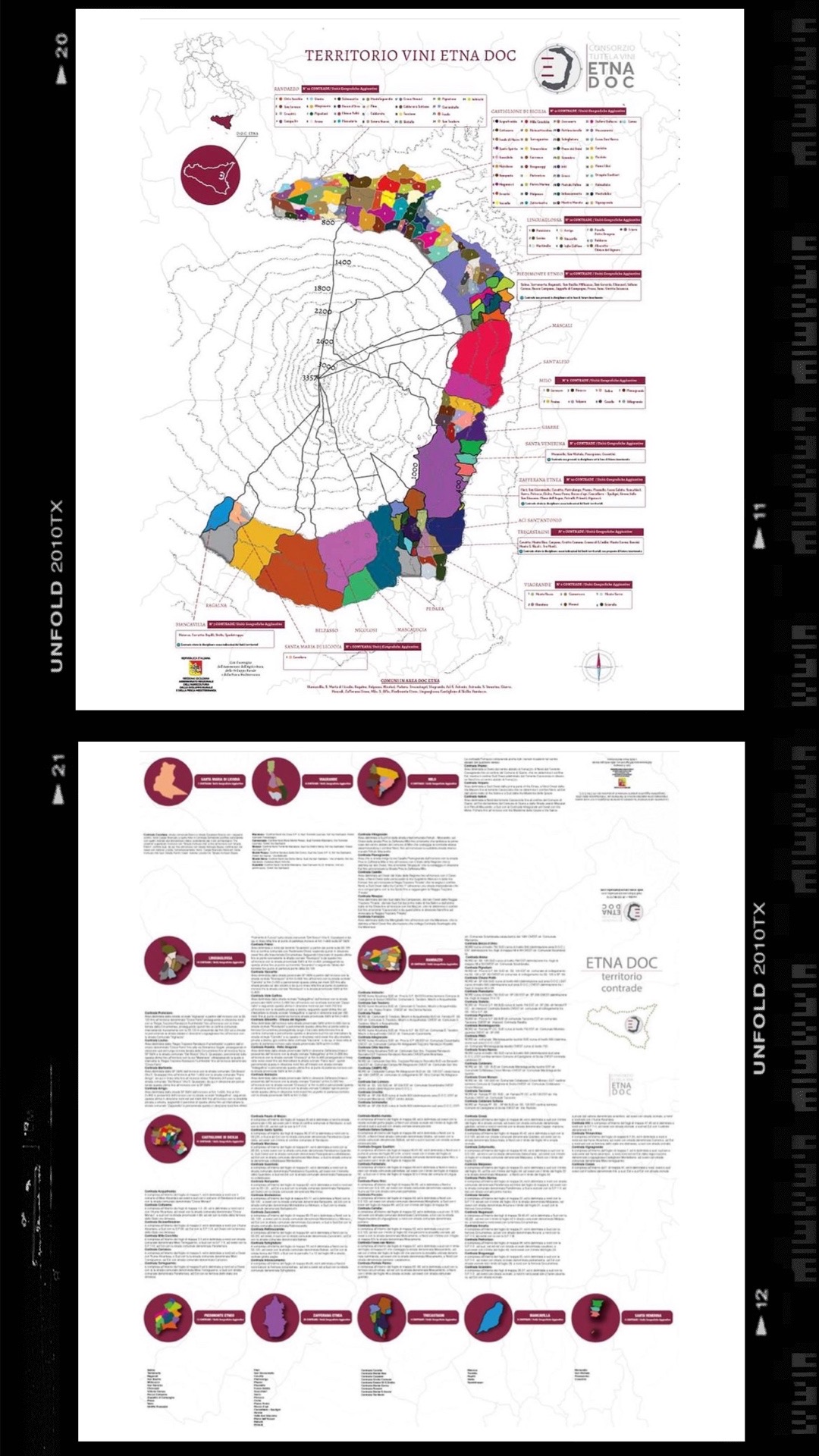
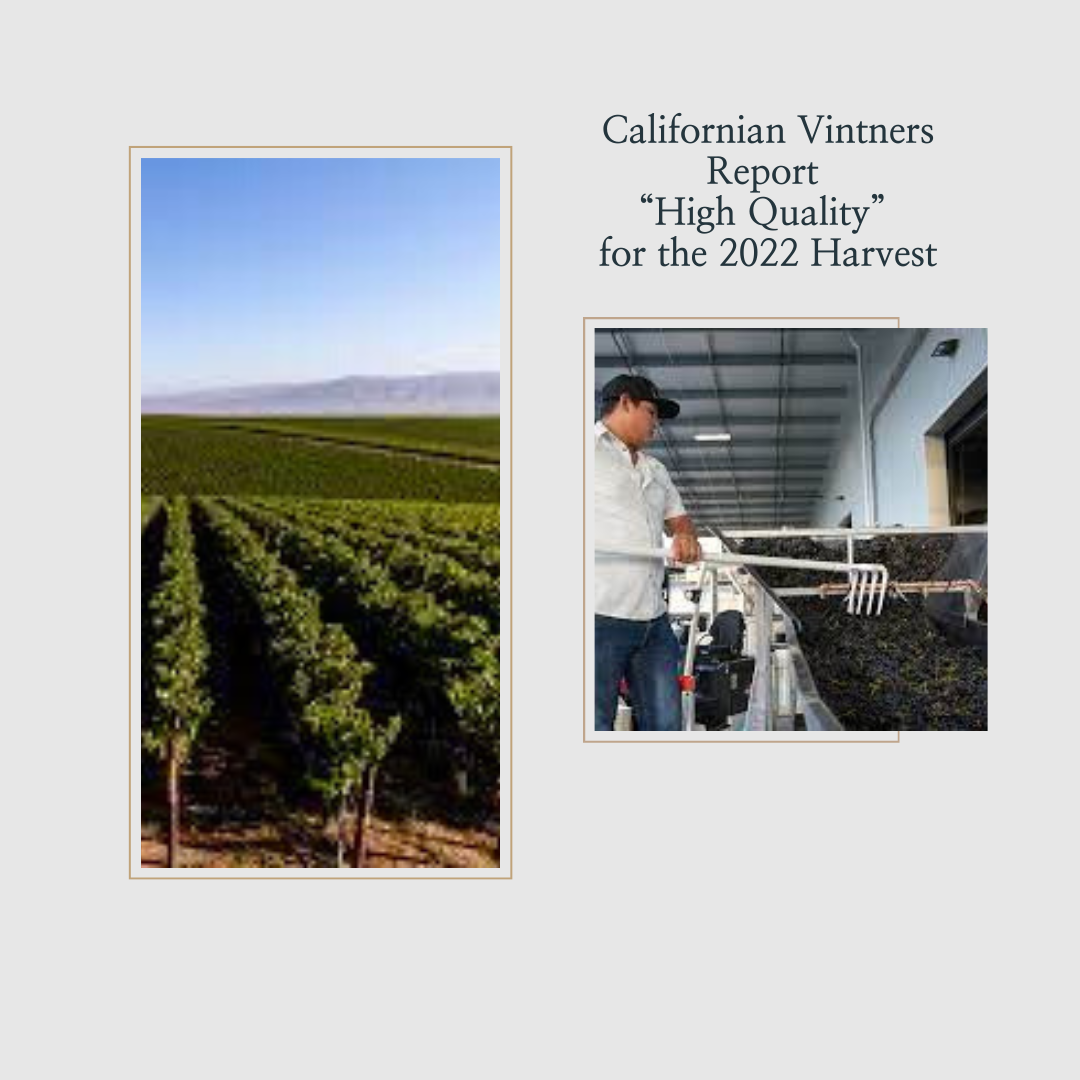
![Neal Family Vineyard [Napa] are officially “Regenerative Organic Certified®”](https://www.liz-palmer.com/wp-content/uploads/2022/11/Black-And-White-Collage-Photo-Inspiration-LinkedIn-Post.png)